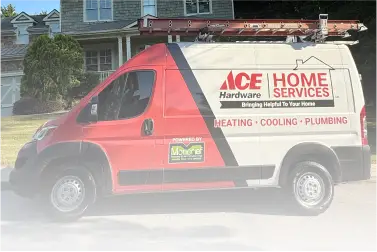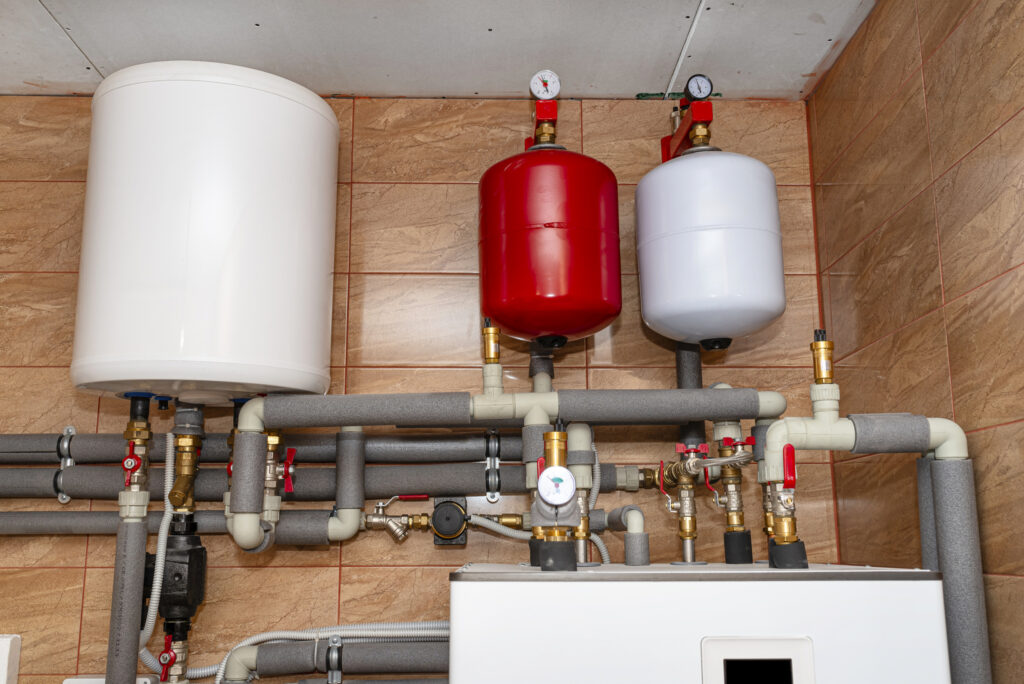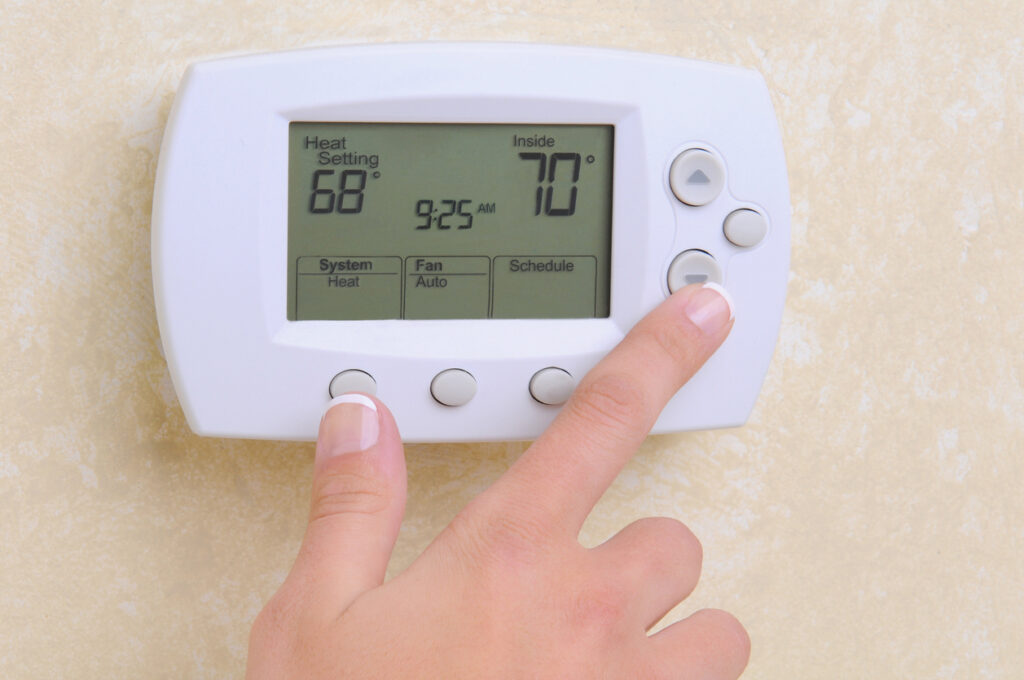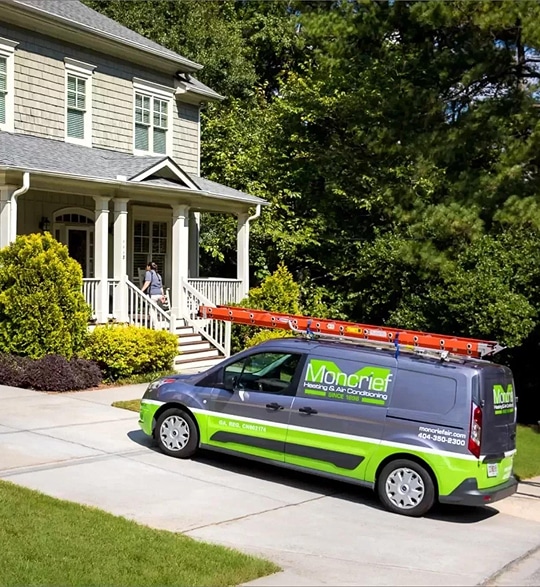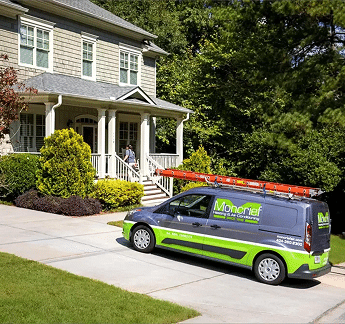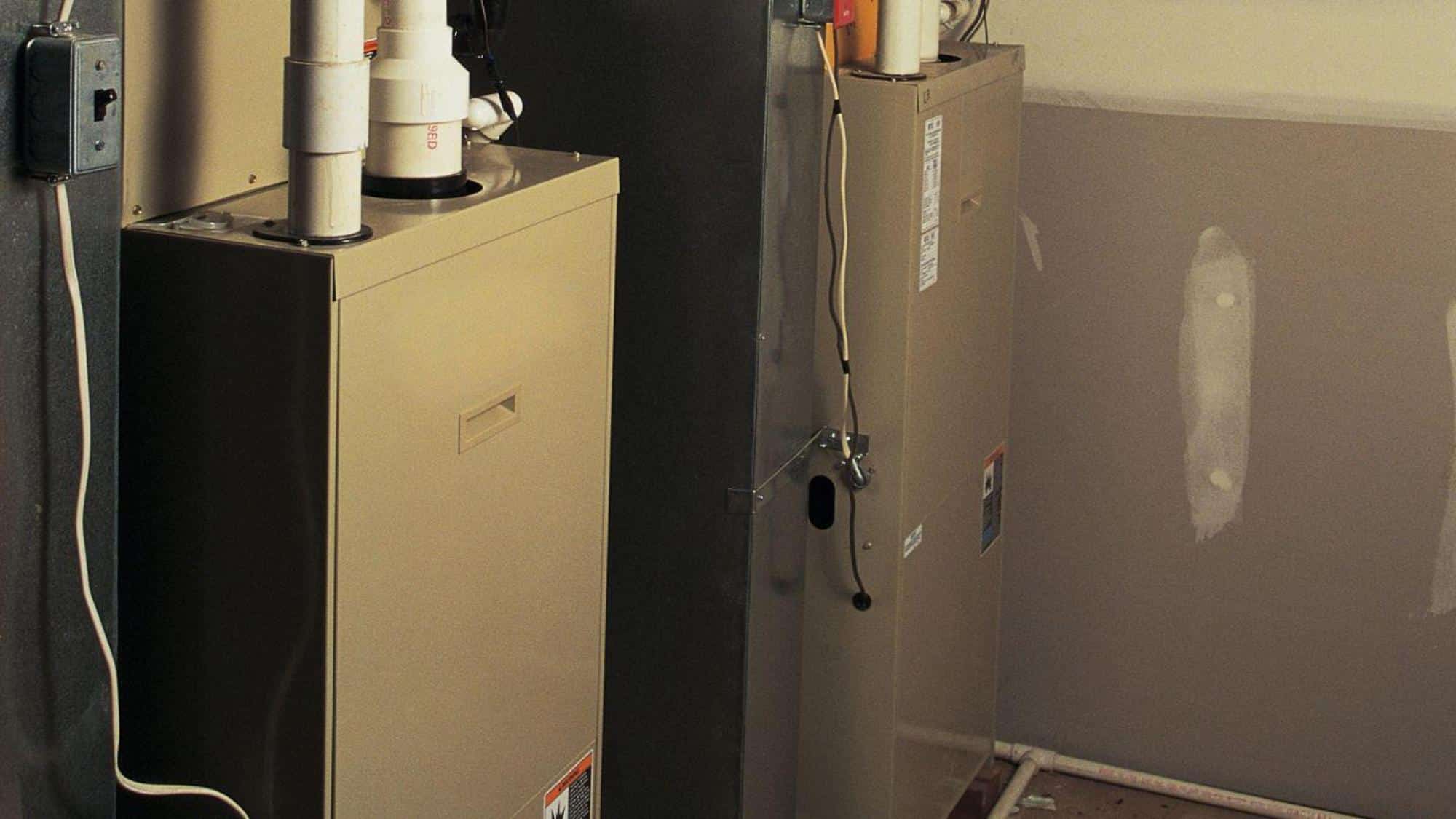
When it comes to choosing the right furnace for your home, understanding efficiency ratings is key. One term you’re likely to encounter is AFUE or Annual Fuel Utilization Efficiency. But what does AFUE actually mean, and why is it important? In this guide, we’ll break down AFUE, explain how it impacts your heating system’s performance, and help you make informed decisions to maximize energy savings and comfort.
Key Takeaways
- AFUE (Annual Fuel Utilization Efficiency) measures the heating efficiency of furnaces, expressed as a percentage indicating the amount of fuel converted into heat.
- Higher AFUE ratings (90% and above) lead to significant energy savings, lower utility bills, and reduced environmental impact through fewer emissions.
- Selecting the appropriate AFUE rating for your home should consider factors like size, climate, and insulation, with professional advice recommended for optimal efficiency.
Understanding AFUE: The Basics
Annual Fuel Utilization Efficiency (AFUE) serves as a crucial standard for evaluating the heating efficiency of different heating systems. Similar to how cars’ fuel consumption is rated, AFUE assesses the effectiveness with which a furnace transforms fuel into usable heat. It’s depicted in percentages that range from 0% up to 100%, reflecting what portion of the consumed fuel is turned directly into heating energy.
High-efficiency furnaces typically boast AFUE ratings spanning from 90% to 98%. This indicates they are capable of converting between 90 and 98 percent of their fuel input straight into warmth, while the remaining percentage dissipates through exhaust or other forms of inefficiency. These efficiency ratings can be found on every furnace’s Energy Guide label, aiding consumers in making well-informed decisions regarding their purchases based on how high an AFUE rating each unit possesses, with higher numbers signifying more efficient operation.
When considering upgrading your home’s furnace system, it’s beneficial to look for units with an AFUE rating at or above the threshold of good energy performance—90%. Grasping these fundamental concepts surrounding AFUE allows homeowners not only to critically analyze existing setups but also navigate towards making savvy choices upon investing in a new, highly efficient furnace.
How AFUE is Calculated
The process of determining the AFUE rating encompasses a rigorous testing procedure that mimics common operational conditions throughout a heating season. It assesses both the amount of heat output and fuel used, offering an in-depth view of system performance. The total heat generated divided by the quantity of fuel utilized over the cycle results in the AFUE percentage.
To reflect typical household usage, these test cycles include intervals where the furnace is actively running as well as times when it’s off. This method takes into account energy losses experienced during ignition, shut down, and periods when on standby to guarantee that true efficiency is represented by its AFUE rating—where ratings compare how much energy input translates into usable heat for your home.
Higher AFUE ratings signal a more efficient heating system that requires less fuel to produce adequate warmth, leading to lower energy bills while also diminishing the environmental impact of domestic heating practices.
Importance of High AFUE Ratings
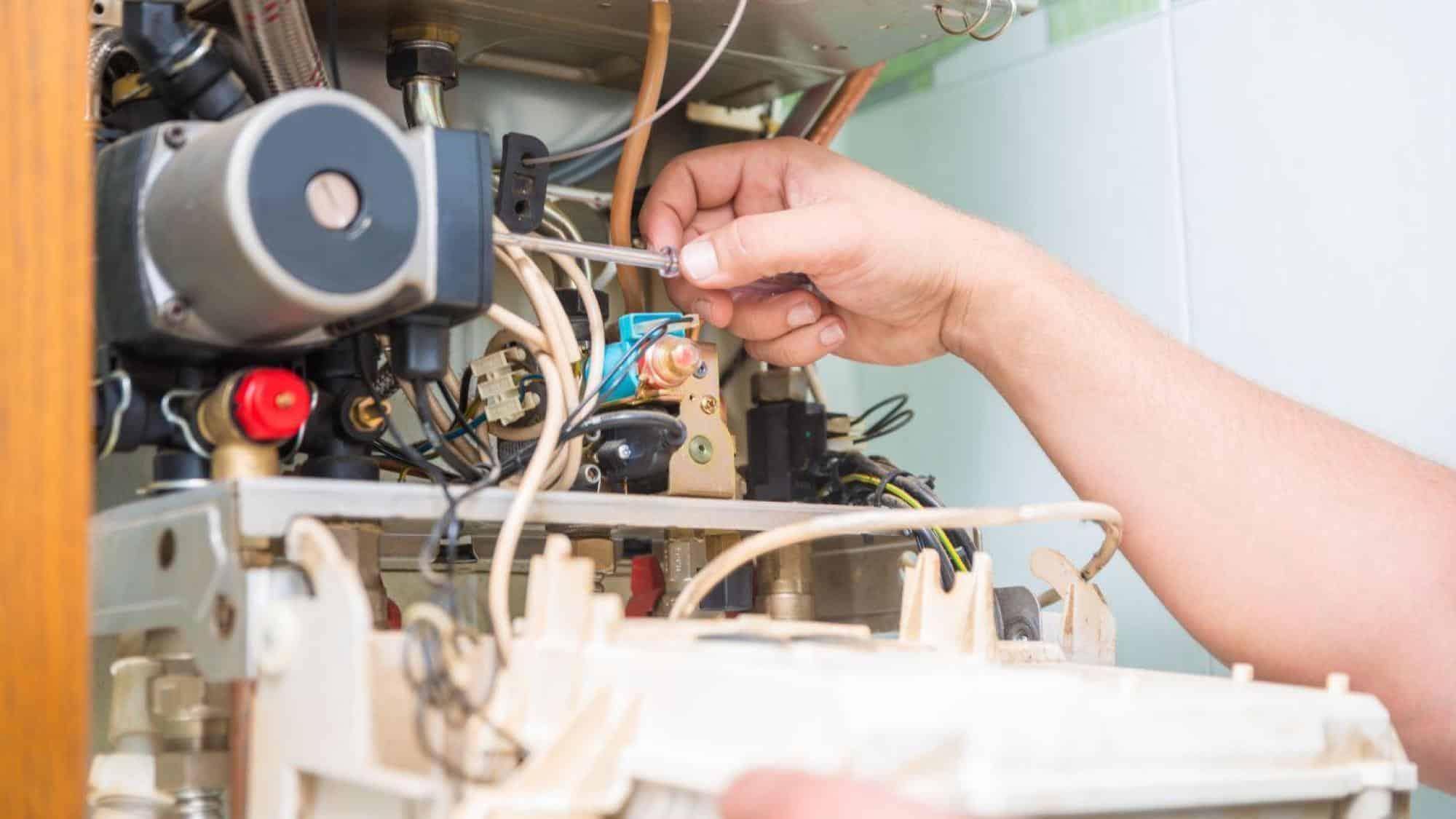
Opting for a furnace with a high Annual Fuel Utilization Efficiency (AFUE) can result in notable energy savings and diminished utility expenses. Such furnaces use less fuel while generating the same level of warmth, providing considerable financial benefits throughout their service life and justifying the initial outlay.
Elevated AFUE ratings play a critical role in curbing greenhouse gas emissions by maximizing fuel efficiency, thereby releasing fewer pollutants into the atmosphere. Switching to an appliance with an AFUE of 96%, for example, can significantly lessen both your residence’s carbon footprint and its overall fuel consumption.
In terms of home comfort, furnaces boasting higher AFUE scores deliver more uniform heating without leaving cold areas across your living space — ensuring enhanced temperature regulation. This heightened energy efficiency not only reduces ongoing operational expenditures but also presents an ecologically responsible method to keep your domicile warm.
Minimum and High-Efficiency Standards
The Department of Energy has established that all new furnaces must have an AFUE rating no lower than 80%, ensuring a basic level of energy efficiency. This directive aids in reducing energy expenses for consumers and encourages the uptake of heating systems with superior efficiency. Yet, high-efficiency furnaces exceed these minimum standards significantly, exhibiting AFUE ratings that span from 90% to as much as 98.5%.
Such high efficiency in furnaces is achieved by utilizing a second heat exchanger to condense flue gases, thereby reclaiming additional heat, which would typically dissipate unused. This method greatly boosts the potential for energy savings while also diminishing fuel use. Numerous models with high efficiency may be eligible for governmental incentives or rebates that help balance out the initial investment.
For homeowners who are mindful of their budget but still seek efficient heating solutions, mid-efficiency furnaces present a practical alternative with AFUE ratings between 80% and 83%. These units strike an appealing compromise by offering reliable heating performance without necessitating the larger expenditure associated with premium-grade appliances.
Benefits of High AFUE Furnaces
Purchasing a furnace with high AFUE ratings incurs higher upfront expenses but delivers substantial long-term advantages. High-efficiency furnaces use less fuel to generate the same level of warmth, leading to considerable energy savings and reduced energy bills over time. In fact, the extended savings from operating a high-efficiency furnace often exceed its initial purchase price.
Furnaces boasting high efficiency contribute positively to environmental protection efforts. By curtailing fuel usage, they release fewer pollutants into the atmosphere—a pivotal factor for homeowners who prioritize ecological responsibility.
Residences equipped with high-efficiency heating systems typically enjoy an uptick in market value due to diminished running costs and superior heat output. Prospective buyers are drawn by the potential for decreased future energy expenditures and enhanced comfort within the home. These highly efficient units tend to require less upkeep, which can minimize aggregate costs. At the same time, this adds to their desire for the housing market.
Choosing the Right AFUE Rating for Your Home

Selecting the right AFUE rating depends on several factors: home size, climate, and insulation quality. In colder regions with longer heating seasons, a higher AFUE rating ensures efficient and cost-effective heating. Larger homes also benefit from higher AFUE furnaces to prevent excessive fuel consumption and maintain consistent temperatures.
For well-insulated homes with minimal heat loss, an AFUE rating of 80-85% may be sufficient. Consulting an HVAC professional is crucial to assess your specific heating needs and recommend the most suitable AFUE rating. Professionals can help weigh the costs and benefits of different AFUE ratings, ensuring you make an informed decision.
Older furnaces may lead to higher energy costs and inconsistent heating, making an upgrade to a higher AFUE furnace wise. Choosing the right AFUE rating improves indoor comfort, reduces energy bills, and enhances overall heating efficiency.
AFUE Ratings and Furnace Costs
Advanced technologies required for high efficiency in heating systems usually result in higher initial costs. This is due to features like the drainage systems needed for condensation from high-efficiency furnaces, which can elevate installation expenses by 30 to 40 percent. These additional upfront costs are often compensated by substantial energy savings across the lifespan of the furnace.
Available state incentives and rebates that support the installation of high-efficiency furnaces offer economic advantages. These financial perks can help diminish the initial outlay, rendering such furnaces a more appealing choice for homeowners who are mindful of their budgets. Reduced energy bills and diminished operating costs connected with these highly efficient units underpin lasting cost savings.
It’s important when evaluating options for a new heating system to consider both its immediate expense and prospective enduring benefits. Furnaces boasting AFUE ratings at or above 90% embody advanced technology that significantly slashes energy expenditures, constituting a sound investment despite potentially higher initial costs associated with their purchase and setup.
Wrapping Up
High AFUE ratings are essential for improving furnace efficiency, saving energy, and lowering costs. By choosing a furnace with a higher AFUE rating, you not only ensure optimal heating for your home but also contribute to a more sustainable future. Understanding these ratings allows you to make smart, informed decisions that positively impact your comfort and budget.
At Moncrief Heating and Air Conditioning, we specialize in providing expert heating and air services in Atlanta. Whether you’re looking to upgrade to a high-efficiency furnace or need professional maintenance, we’re here to help every step of the way. Let us guide you toward a more comfortable, energy-efficient home today!
Frequently Asked Questions
What does AFUE stand for?
This metric is essential for gauging the energy efficiency of heating systems.
How is AFUE calculated?
This calculation provides an accurate representation of the furnace’s efficiency in real-world operations.


